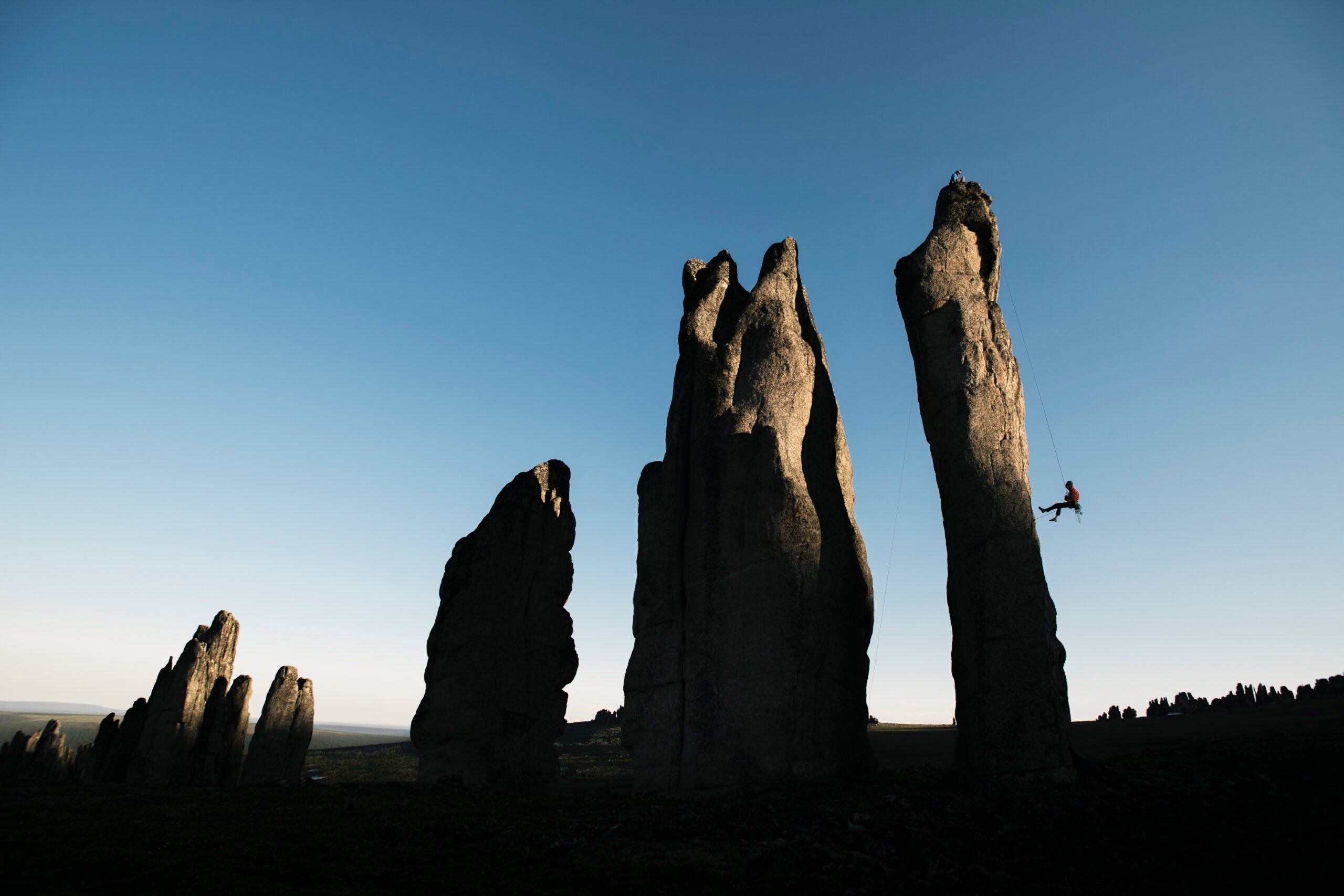How to Prevent Accidental Carabiner Unclipping

(Photo: Corey Rich / Red Bull Content Pool)
In August 2014, climber Wayne Crill fell 70 feet while attempting a first ascent in Eldorado Canyon, Colorado. According to the accident report, Crill had placed nine pieces of protection before traveling 10 feet above his last piece and placing a slider nut and a nut with a Screamer, which is a shock-absorbing sling designed to minimize impact on a piece of pro. When he fell, the Screamer ripped open (like it’s supposed to), but both pieces still popped out. His next two pieces stayed in place, but the rope detached from each of them, which introduced enough slack for him to hit the ground. The two rope-side carabiners somehow had unclipped from the slings attached to the pieces. The climber seemingly did everything right, so let’s examine what went wrong and outline how to prevent it from happening to you.
Analysis


Crill had extended his gear with alpine quickdraws (two carabiners on a single-length sling) to clip into his protection. Accident investigators considered gate flutter (when the gate momentarily opens because of a bump against the rock or other obstacle), but all the carabiners were wiregates, which made this scenario unlikely. Wiregates do experience gate flutter, but the gate doesn’t open as wide or for as long a duration as a standard gate, making the possibility of the sling coming unclipped from this scenario very improbable. Investigators determined the most likely explanation is that when the top pieces pulled from the wall, this caused the rope to whip around violently. This then led to the rope-side carabiners on the next two pieces flipping upside down (fig. 1) and landing with the gate on top of the sling, a situation very similar to back-clipping a quickdraw. At this point, the force of the fall caused the carabiners to unclip from the slings (fig. 2). Many in the climbing community have dismissed the incident as a freak accident, but the fact remains that it happened twice in one fall. We talked to IFMGA-certified guide Joey Thompson, who has witnessed carabiners unclip themselves, to learn how climbers can prevent this type of accident.
Prevention Options
• Use two carabiners on the rope in an opposite and opposed configuration. If you’re extending with an alpine quickdraw, you will already have an extra carabiner on the gear, just relocate it to the rope end of the sling.
• Use half ropes, which add an extra layer of safety by reducing the vectors (and thus reducing force) on your pro and provide an independent backup, should one rope fail.
• When you place gear, make sure slings are running straight without twists.
• Clip the rope-side carabiner so the spine is toward the direction you’re traveling. This helps ensure that only the spine and rope basket will be loaded in a fall, not the gate.
• Try a locking carabiner on the rope end of critical placements, but make sure it’s easy to operate with one hand. Practice opening and clipping it on the ground to get it as dialed as possible. We like the Edelrid Strike Slider for their ease of one-hand use.
• Extend gear properly so the rope doesn’t zigzag, which increases the force put onto gear in a fall and makes it more likely for pro to pop out. Check out our articles about extension basics and extension 102 for techniques. A zigzagging rope is also more likely to whip around unpredictably like the rope that contributed to the Eldo accident.
Joey Thompson: In 2013 the AMGA recognized Joey Thompson as Outstanding Guide of the Year, and in summer 2014, Thompson became the 92nd person in the U.S. to become an IFMGA-certified guide.